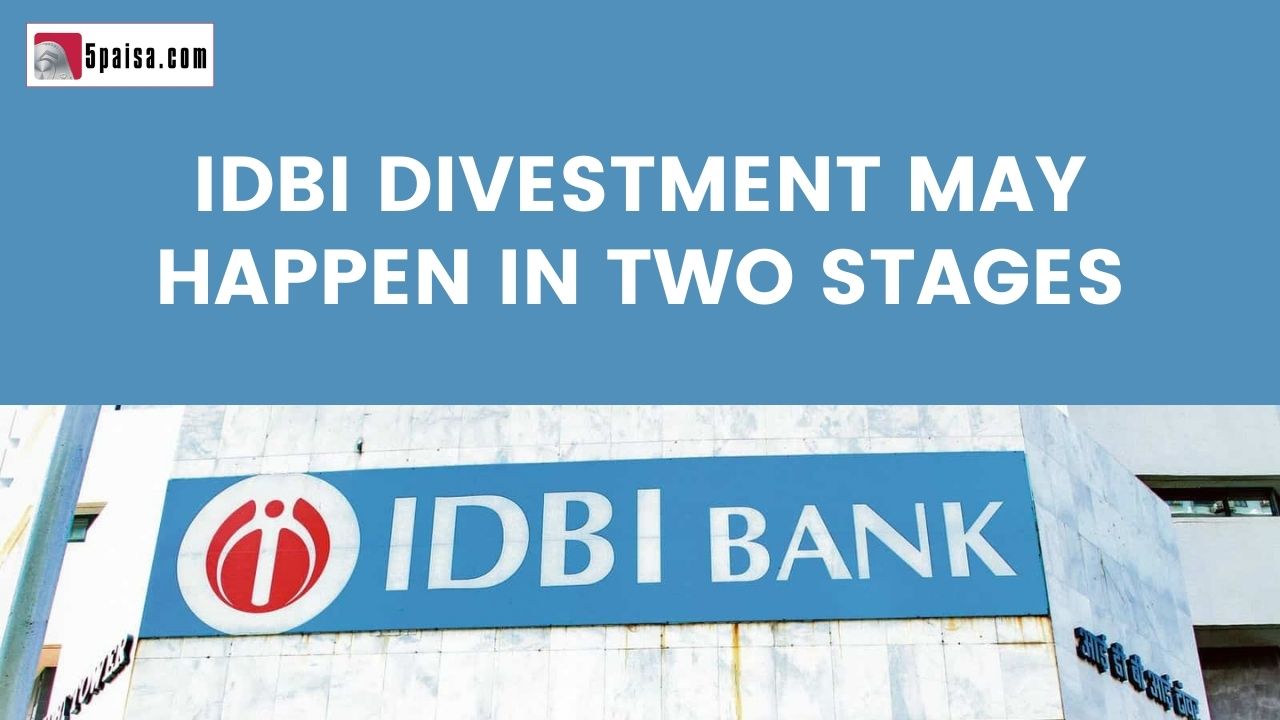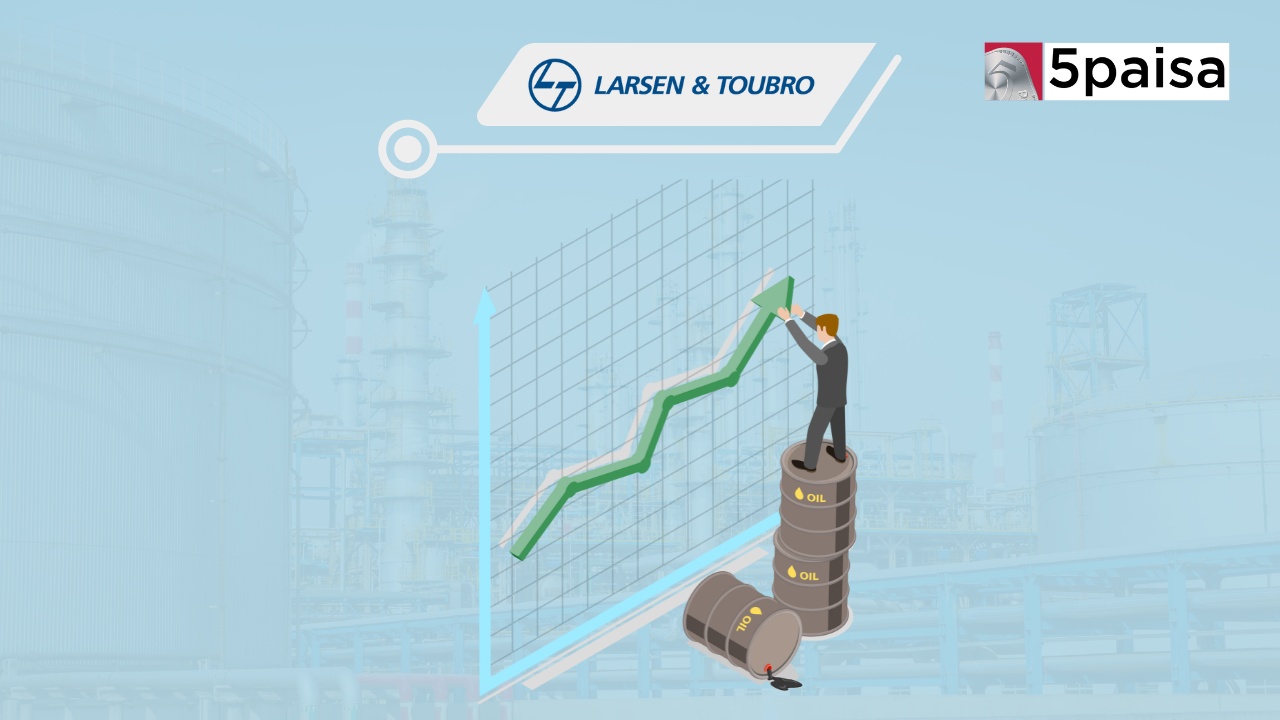IDBI Bank stake divestment may happen in two tranches

While the government of India is still keen to push through its stake divestment in IDBI Bank at the earliest, it has decided to slightly change its approach. The government will now adopt a 2-stage approach to privatize IDBI Bank. While the eligibility of the potential bidders will be completed in the first stage, the second stage would entirely be run by the transaction advisors looking to get the best value for the divested stake. This 2-stage process is likely to make the entire divestment process more organized and makes the evaluation of the bidders and the evaluation of the bids into 2 discrete processes.
It is yet not clear how much stake will be sold in IDBI, although the government is keen to hand over majority control (more than 51%) to the private sector bidder. As of date, LIC and the government of India jointly hold 94.71% stake in IDBI Bank. Both the government and LIC will be giving up stake in IDBI Bank, although they have ruled out total exit from the bank. Both the government and LIC will retain some stake although the precise numbers are yet to be decided. The government is keen that this should not be just a divestment but a proper strategic sale where private sector buyers get control over decision making.
The DIPAM has explained the two stages rather vividly. According to the DIPAM, the first stage of the IDBI Bank divestment would entail knowing the bidders better, whether they meet the eligibility conditions, their strengths and weakness and future plans etc. At this stage, the evaluation would also include analysis of whether the bidders have applied for a banking licence. The whole idea here is that the complete due diligence should be completed in stage 1 itself. This includes the checks of the bidder’s capacity, thorough legal scrutiny, evaluation of the track record of the directors of the company etc.
The second step is a more microscopic analysis of the bids and there will be a lot of confidentiality involved. This is the stage where the individual bids would be screened on the basis of a number of financial and non-financial criteria. One of the key reasons for this 2-stage process is that in some of the recent instances of divestment, there were questions raised over the credentials of the bidder after the transaction. To eliminate such an embarrassing situation, the government has decided to adopt a 2-stage process wherein the evaluation of bidders is completed to full satisfaction before the transaction evaluation.
Why is the government so cagey?
In fact, the government has strong reasons to be slightly paranoid about the divestment process. It had some discouraging experience in some of its recent divestment cases. Here is sampler.
a) In case of Central Electronics, after handing over the bid to Nandal Finance and Leasing, the government had to put the bid on hold following allegations against the company from the employee unions.
b) In the case of Pawan Hans, the deal had to be put on hold after the National Company Law Tribunal (NCLT) passed an adverse order against Almas Global Opportunity Fund SPC, one of the partners in the consortium.
c) In the case of the divestment of HLL Life care, the Supreme Court had issued a notice to the government after a non-profit organization challenged the sale.
For now, the process flow seems to be quite clear, although the quantum of sale is not yet clear. Currently the government owns a 45.48% stake in IDBI Bank while LIC owns 49.24%, taking their combined stake to 94.72%. The sale of IDBI Bank would surely set benchmarks in more ways than one.
- Flat ₹20 Brokerage
- Next-gen Trading
- Advance Charting
- Actionable Ideas
Trending on 5paisa
06
 Tanushree Jaiswal
Tanushree Jaiswal
Indian Market Related Articles
Disclaimer: Investment in securities market are subject to market risks, read all the related documents carefully before investing. For detailed disclaimer please Click here.
 5paisa Research Team
5paisa Research Team




